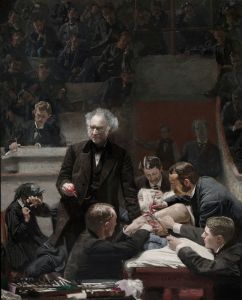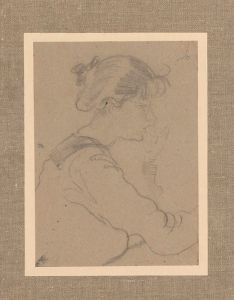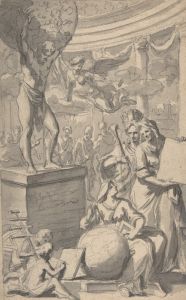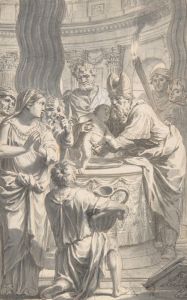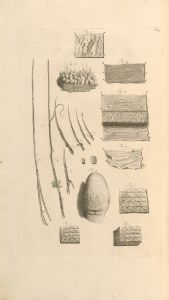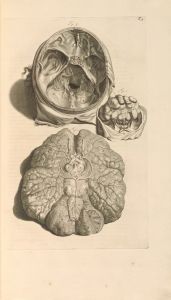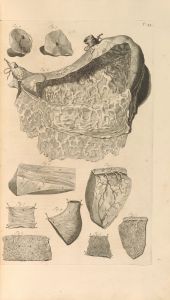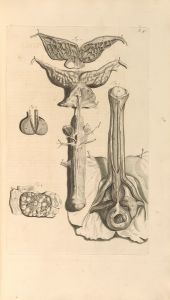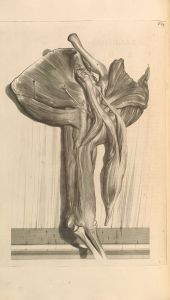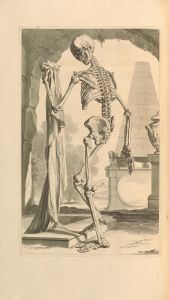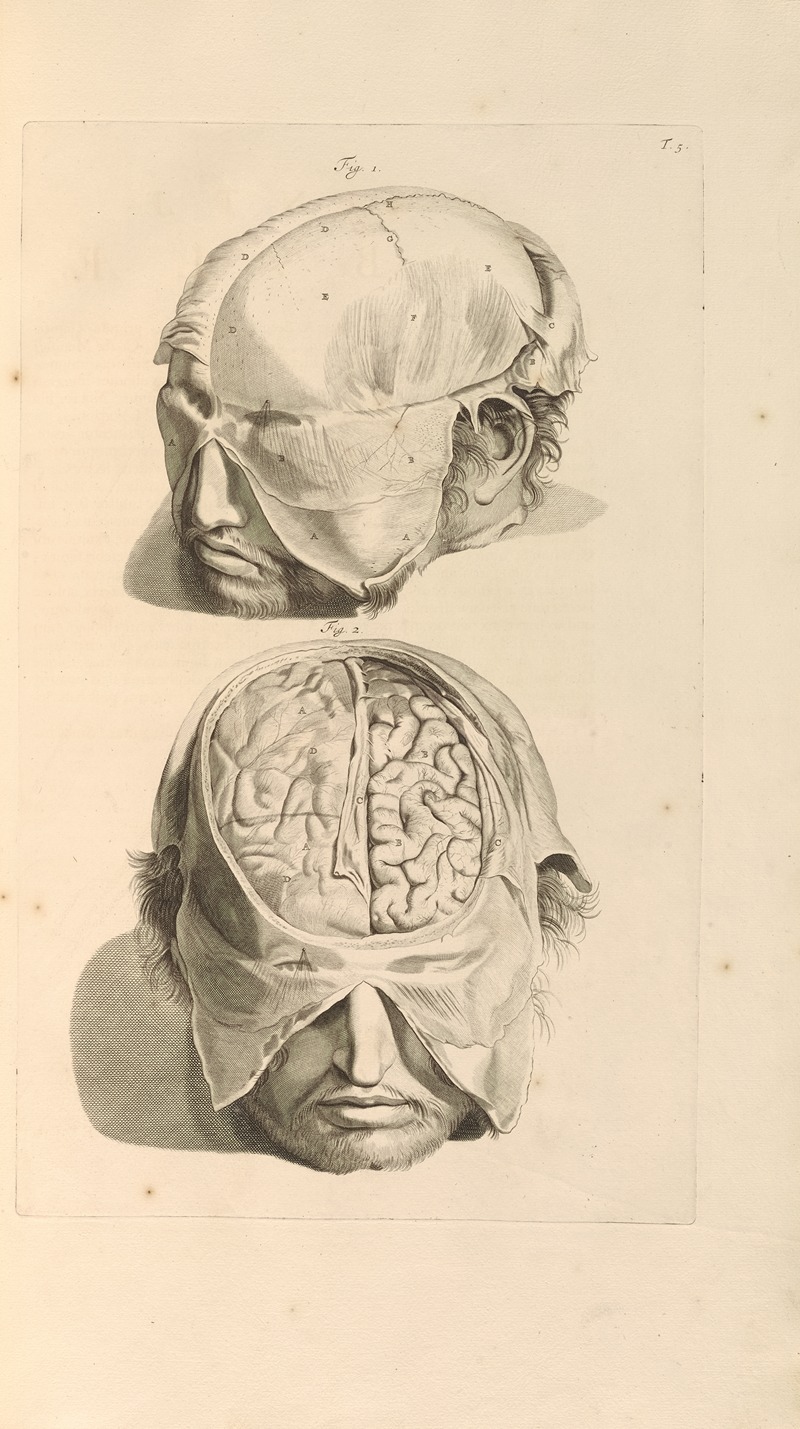
Anatomia humani corporis Pl.006
A hand-painted replica of Gerard de Lairesse’s masterpiece Anatomia humani corporis Pl.006, meticulously crafted by professional artists to capture the true essence of the original. Each piece is created with museum-quality canvas and rare mineral pigments, carefully painted by experienced artists with delicate brushstrokes and rich, layered colors to perfectly recreate the texture of the original artwork. Unlike machine-printed reproductions, this hand-painted version brings the painting to life, infused with the artist’s emotions and skill in every stroke. Whether for personal collection or home decoration, it instantly elevates the artistic atmosphere of any space.
"Anatomia humani corporis Pl.006" is an illustration by Gerard de Lairesse, a prominent Dutch Golden Age painter and art theorist. Born in Liège in 1640, de Lairesse moved to Amsterdam where he became well-known for his classical and historical paintings, as well as his contributions to art theory. His work is characterized by its detailed and precise style, which made him a suitable collaborator for scientific publications.
The illustration "Anatomia humani corporis Pl.006" is part of a larger work titled "Anatomia Humani Corporis," which translates to "The Anatomy of the Human Body." This publication was a significant anatomical atlas created in collaboration with the Dutch anatomist Govard Bidloo. Published in 1685, the atlas was one of the most detailed and comprehensive anatomical works of its time, featuring 105 copperplate engravings that depicted various aspects of human anatomy with remarkable accuracy.
Gerard de Lairesse's role in this project was to provide the illustrations that would accompany Bidloo's anatomical descriptions. His artistic skills were crucial in translating the complex structures of the human body into clear and informative images. The illustrations were engraved by Abraham Blooteling and Peter van Gunst, who were renowned engravers of the period. These engravings were based on de Lairesse's detailed drawings, ensuring that the final product was both scientifically accurate and artistically refined.
"Anatomia humani corporis Pl.006" specifically depicts a detailed view of a particular anatomical structure, though the exact content of this specific plate is not detailed in the available information. Generally, the plates in the atlas cover a wide range of anatomical features, including muscles, bones, organs, and various bodily systems. Each illustration is meticulously labeled and accompanied by descriptive text, providing a comprehensive understanding of human anatomy for medical students and professionals of the time.
The collaboration between Bidloo and de Lairesse was a significant achievement in the history of medical illustration. Their work not only advanced the field of anatomy but also demonstrated the importance of accurate and detailed visual representation in scientific study. The atlas was used as a reference for many years and influenced subsequent anatomical works.
Gerard de Lairesse's contributions to "Anatomia Humani Corporis" highlight his versatility as an artist and his ability to apply his skills to scientific endeavors. Despite facing personal challenges, including blindness later in life, de Lairesse's legacy in both art and science remains influential. His work on this anatomical atlas is a testament to the enduring value of interdisciplinary collaboration and the role of art in enhancing scientific understanding.





